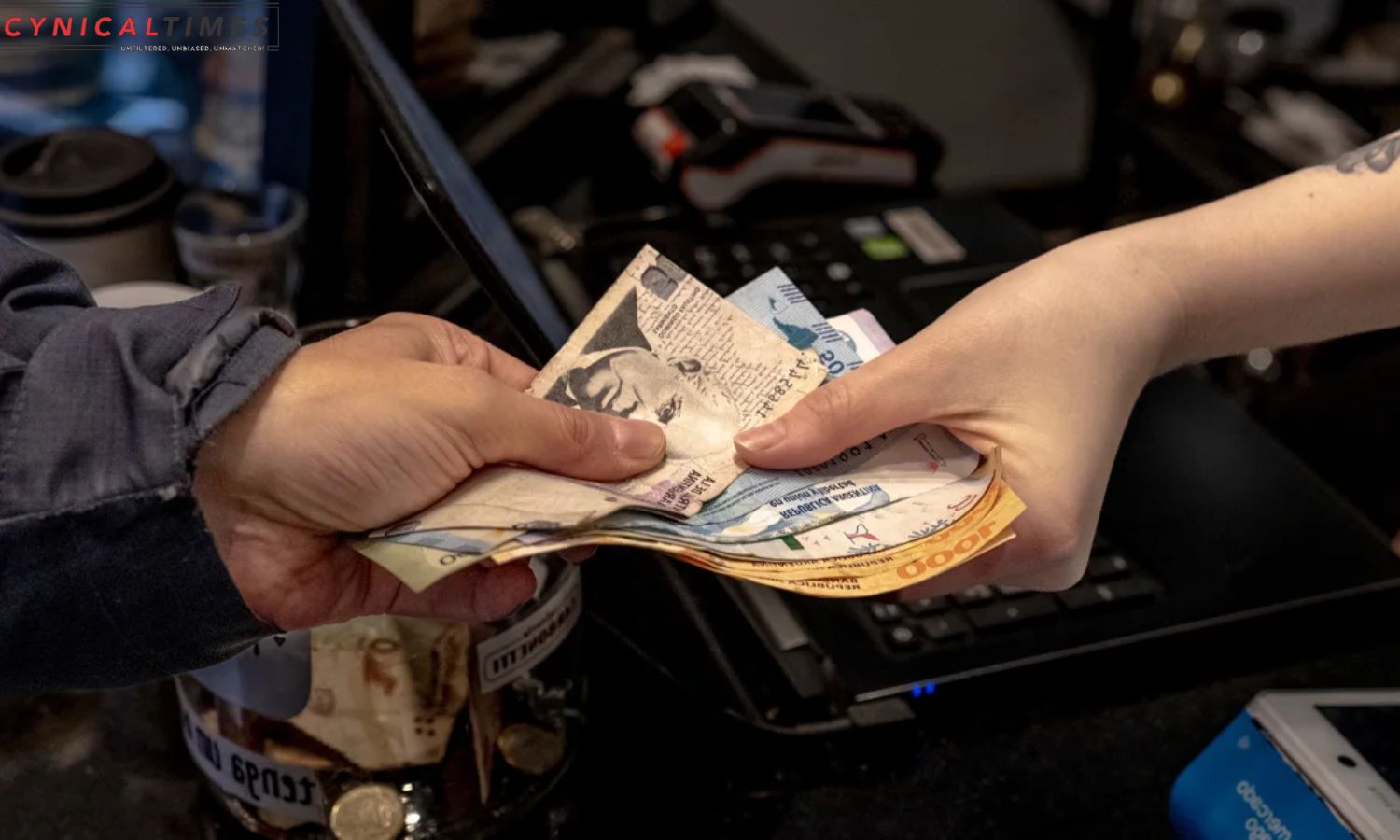Argentina Bold Economic Shift: Economy Minister Luis Caputo’s latest economic actions, in keeping with President Javier Milei’s promises, indicate a major change in Argentina’s economic policy. Devaluing the peso by over 50% to 800 pesos per dollar is a bold attempt to address the country’s ongoing economic issues.
President Milei, a “anarcho-capitalist” leader, has advocated replacing the peso with the dollar to stabilize Argentina’s economy. Due to capital limitations, the peso has fallen 52% versus the US currency this year.
The economic measures go beyond currency devaluation. Caputo outlined a series of steps, including a reduction in public works projects, a non-renewal of labor contracts older than one year, and cuts to energy and transportation subsidies. These measures are aimed at curbing hyperinflation, a significant issue that prompted Argentina’s central bank to raise its benchmark interest rate to 133% in October.
Caputo stated that “there is no money” and that these steps may exacerbate inflation in the short run. Cutting public expenditures and scrutinizing projects to eliminate waste shows the government’s budgetary responsibility.
The International Monetary Fund (IMF) expressed support for Argentina’s initiatives, viewing them as bold actions to improve public finances and fortify the foreign exchange regime. The IMF’s endorsement signals international recognition of Argentina’s commitment to economic reforms.


Also Read: Project Veritas CEO Resigns Amid Allegations of Past Illegalities
President Milei, in his victory speech, hinted at “drastic” reforms without providing detailed economic plans. His economic team has engaged with the IMF to modify foreign policy and revitalize the economy. While the devaluation and other measures are steps towards Milei’s vision, the challenges of fully dollarizing Argentina’s economy are substantial.
Dollarizing a country the size of Argentina involves exchanging all pesos for dollars, effectively transferring control of monetary policy from the Central Bank of Argentina to the US Federal Reserve. This transition presents logistical and economic challenges, such as the availability of sufficient dollars and the broader economic context.
While some countries, like Ecuador, El Salvador, and Panama, have successfully adopted a dollarized system, Argentina’s unique economic challenges make this move particularly complex. President Milei’s interactions with top US officials and collaboration with the IMF indicate a proactive approach to navigating these challenges and revitalizing Argentina’s economy. The success of these economic measures will depend on their effective implementation and the country’s ability to address broader economic issues in the long term.
Our Reader’s Queries
What is the economic trend in Argentina?
Argentina has been grappling with a host of economic issues in recent times, such as high inflation, fiscal deficits, and debt restructuring. The country has also been in a recessionary phase for most of the past decade. Unfortunately, economic stability has been hard to come by, with the Argentine peso experiencing significant fluctuations in value.
What happened to Argentina’s economy in 2018?
Argentina suffered a severe drought during the 2017-2018 growing season, which had a significant impact on the country’s exports and tax revenue. As a result, the economy contracted, exacerbating its already fragile state.
What happened to Argentina’s currency?
In a bid to tackle its worst economic crisis in decades, Argentina has implemented a series of large-scale spending cuts, including a significant devaluation of its currency, the peso, by over 50%. This move is aimed at stabilizing the country’s economy and restoring investor confidence. Despite the potential short-term challenges, the hope is that these measures will pave the way for long-term growth and prosperity.
What is the main economic activity of Argentina?
Argentina dominates the global market for soy-based goods, exporting more than any other country. It’s also a major player in the bio-fuel industry, with extensive cultivation of soy and sugar cane for production. In fact, Argentina is the world’s largest exporter and sixth largest producer of bio-diesel.

